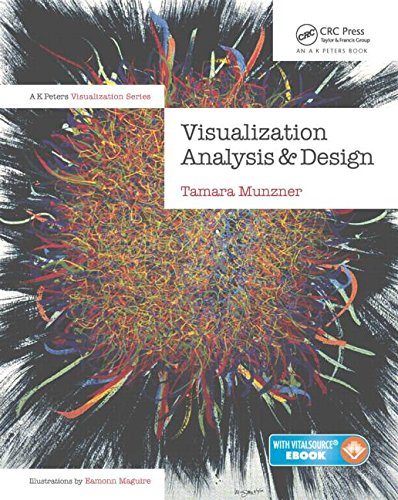

Most ebook files are in PDF format, so you can easily read them using various software such as Foxit Reader or directly on the Google Chrome browser.
Some ebook files are released by publishers in other formats such as .awz, .mobi, .epub, .fb2, etc. You may need to install specific software to read these formats on mobile/PC, such as Calibre.
Please read the tutorial at this link. https://ebooknice.com/page/post?id=faq
We offer FREE conversion to the popular formats you request; however, this may take some time. Therefore, right after payment, please email us, and we will try to provide the service as quickly as possible.
For some exceptional file formats or broken links (if any), please refrain from opening any disputes. Instead, email us first, and we will try to assist within a maximum of 6 hours.
EbookNice Team

Status:
Available4.7
25 reviewsLearn How to Design Effective Visualization Systems
Visualization Analysis and Design provides a systematic, comprehensive framework for thinking about visualization in terms of principles and design choices. The book features a unified approach encompassing information visualization techniques for abstract data, scientific visualization techniques for spatial data, and visual analytics techniques for interweaving data transformation and analysis with interactive visual exploration. It emphasizes the careful validation of effectiveness and the consideration of function before form.
The book breaks down visualization design according to three questions: what data users need to see, why users need to carry out their tasks, and how the visual representations proposed can be constructed and manipulated. It walks readers through the use of space and color to visually encode data in a view, the trade-offs between changing a single view and using multiple linked views, and the ways to reduce the amount of data shown in each view. The book concludes with six case studies analyzed in detail with the full framework.
The book is suitable for a broad set of readers, from beginners to more experienced visualization designers. It does not assume any previous experience in programming, mathematics, human–computer interaction, or graphic design and can be used in an introductory visualization course at the graduate or undergraduate level.